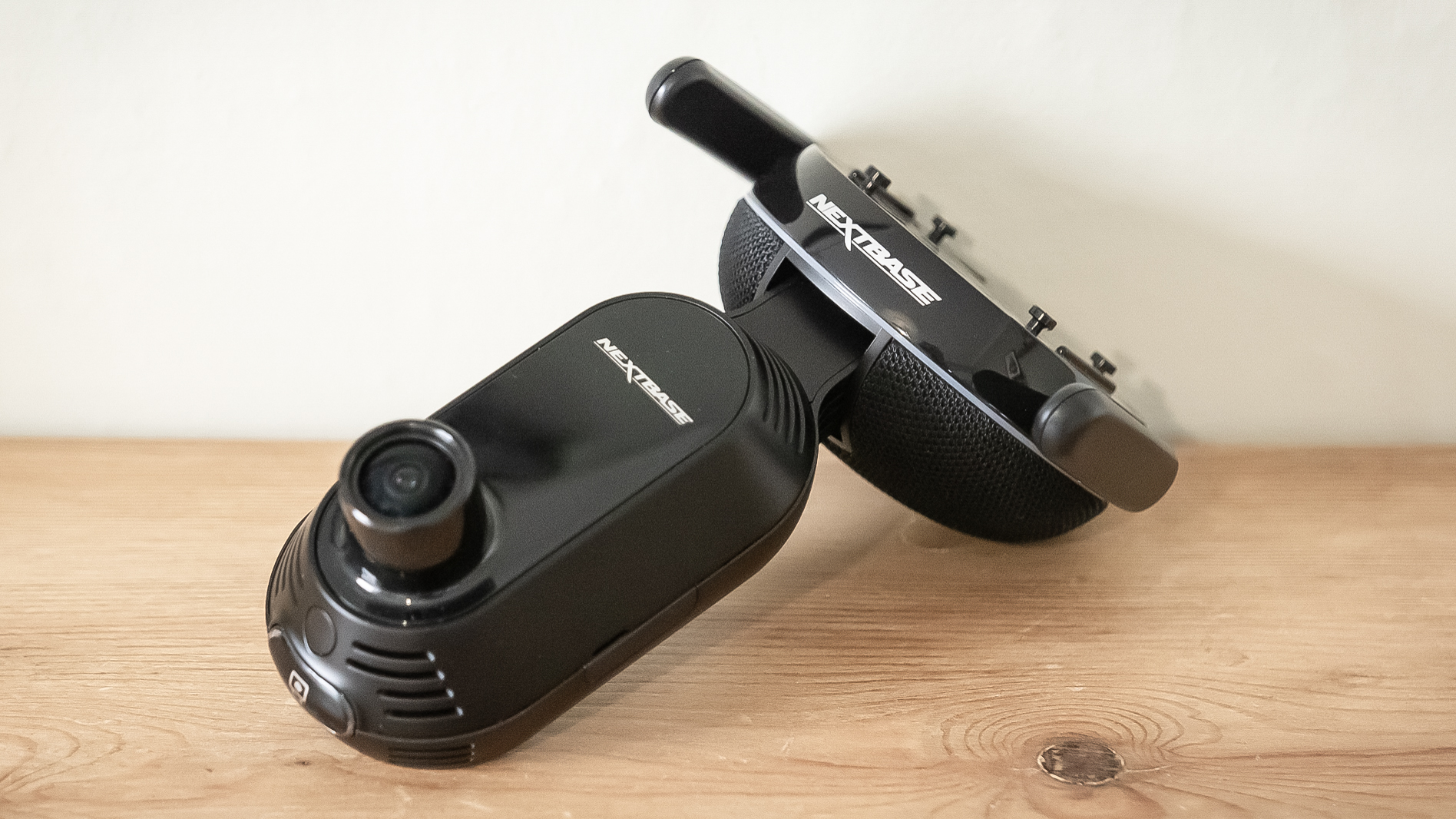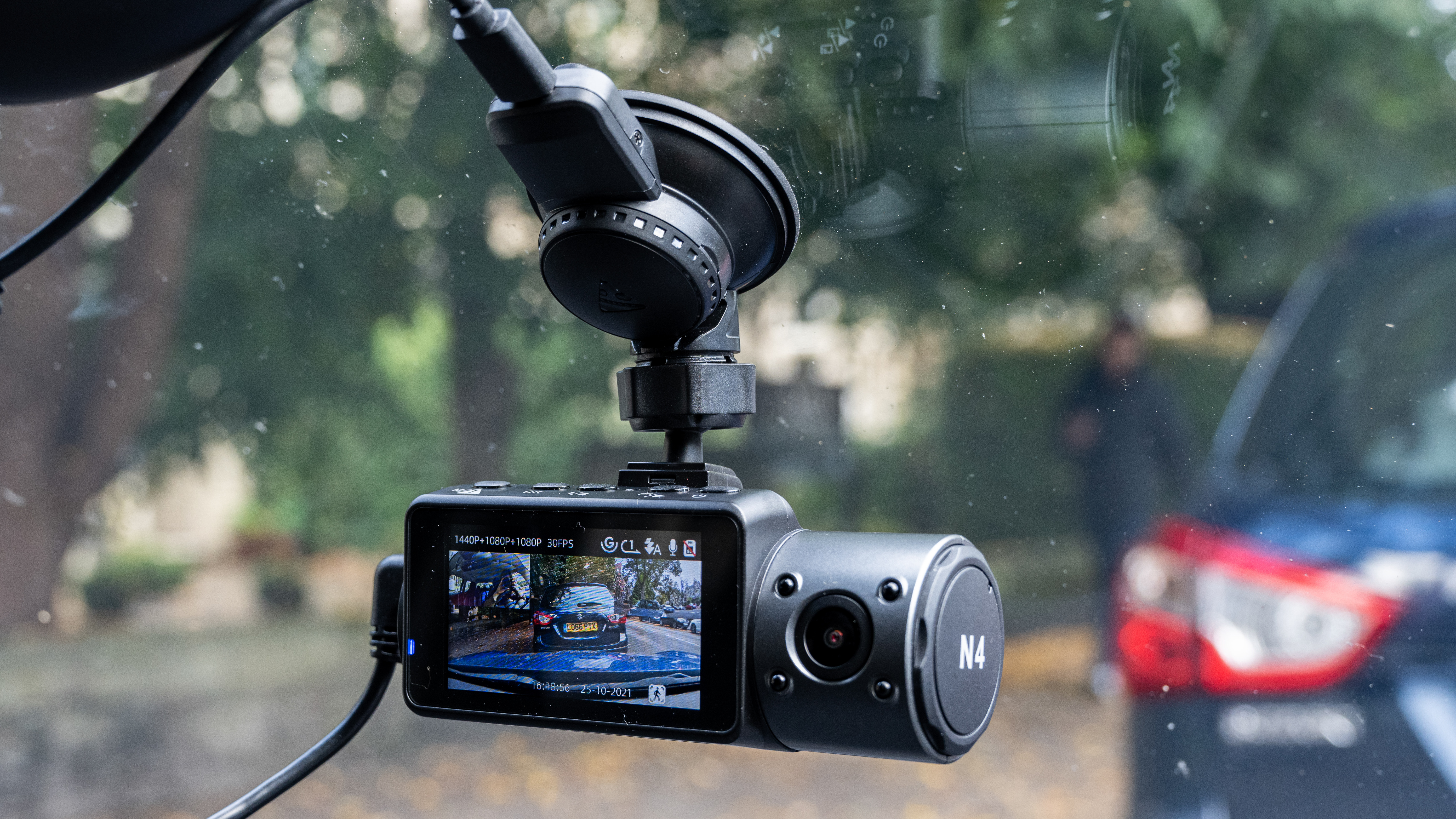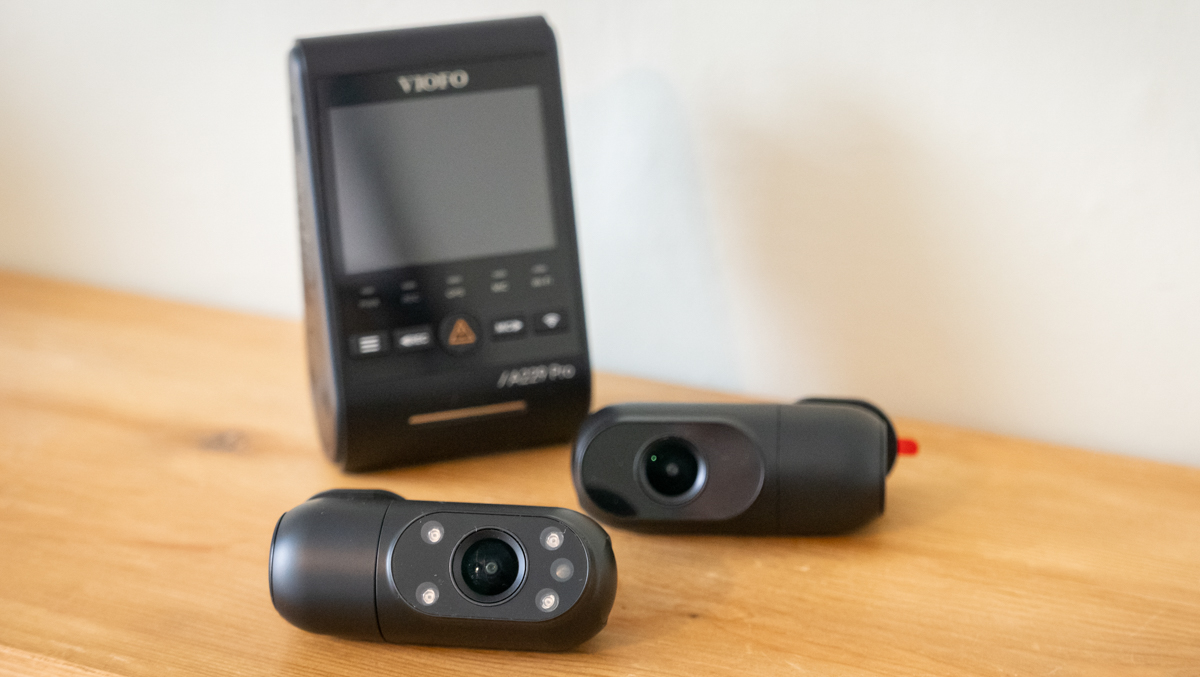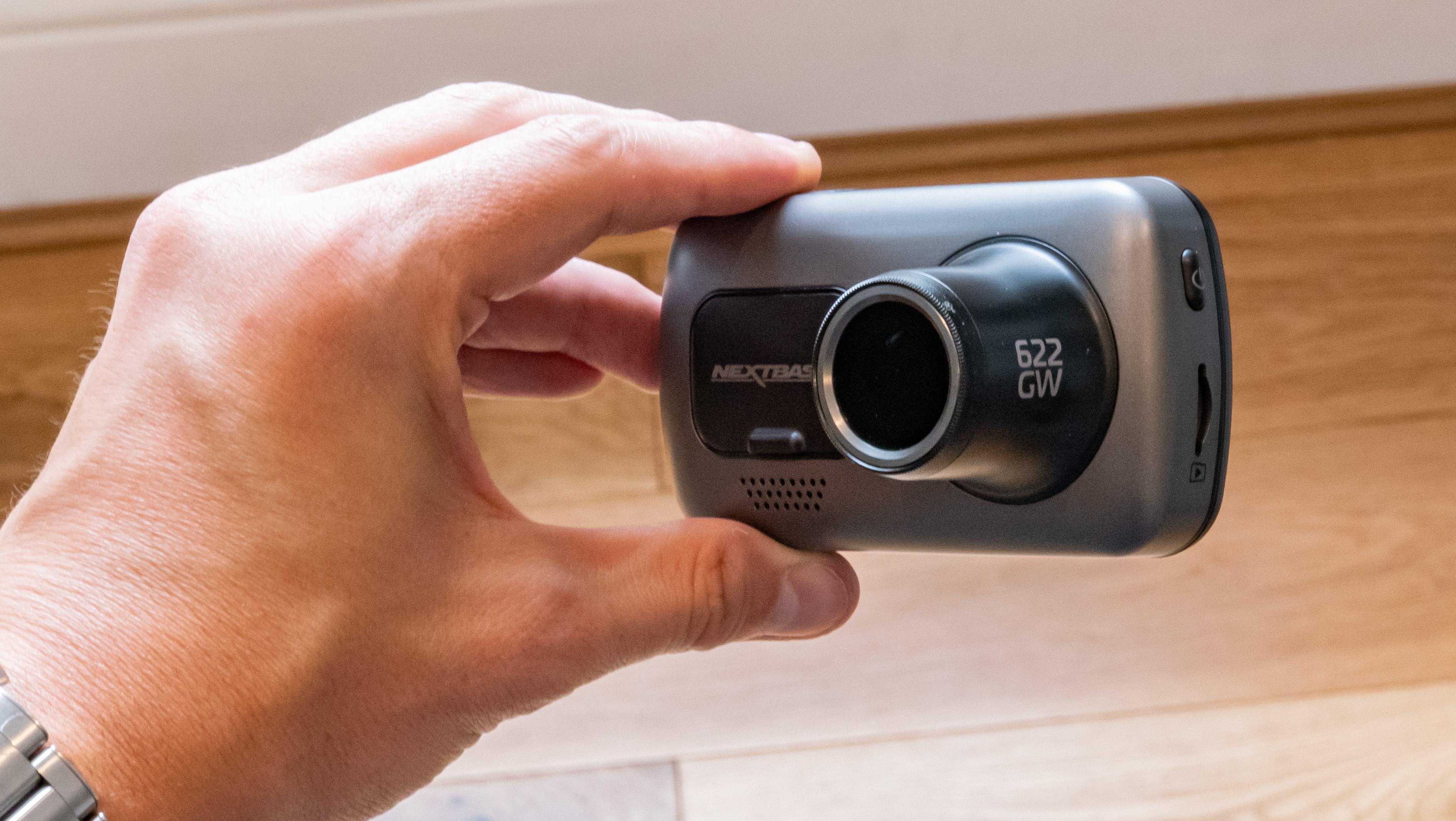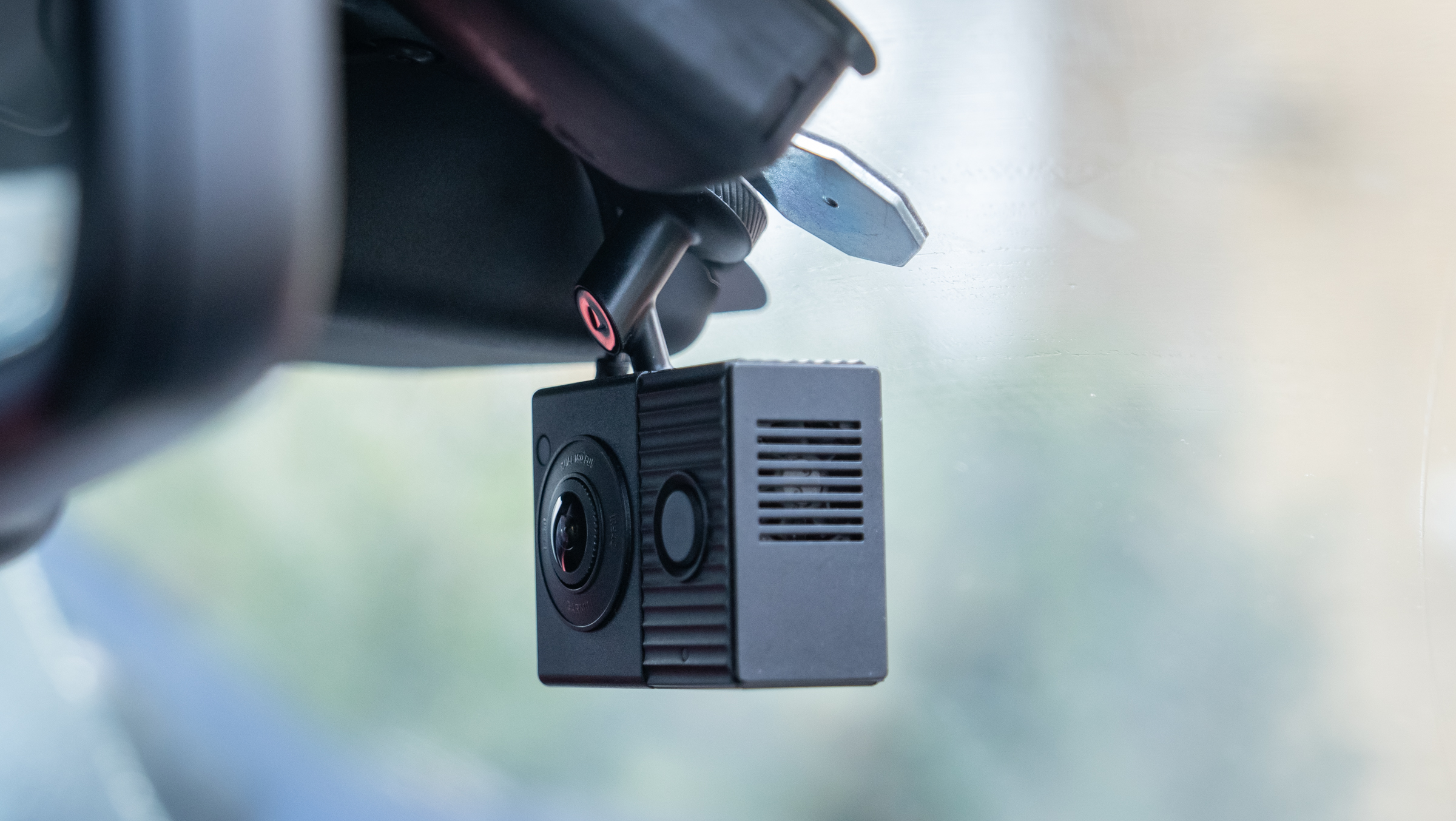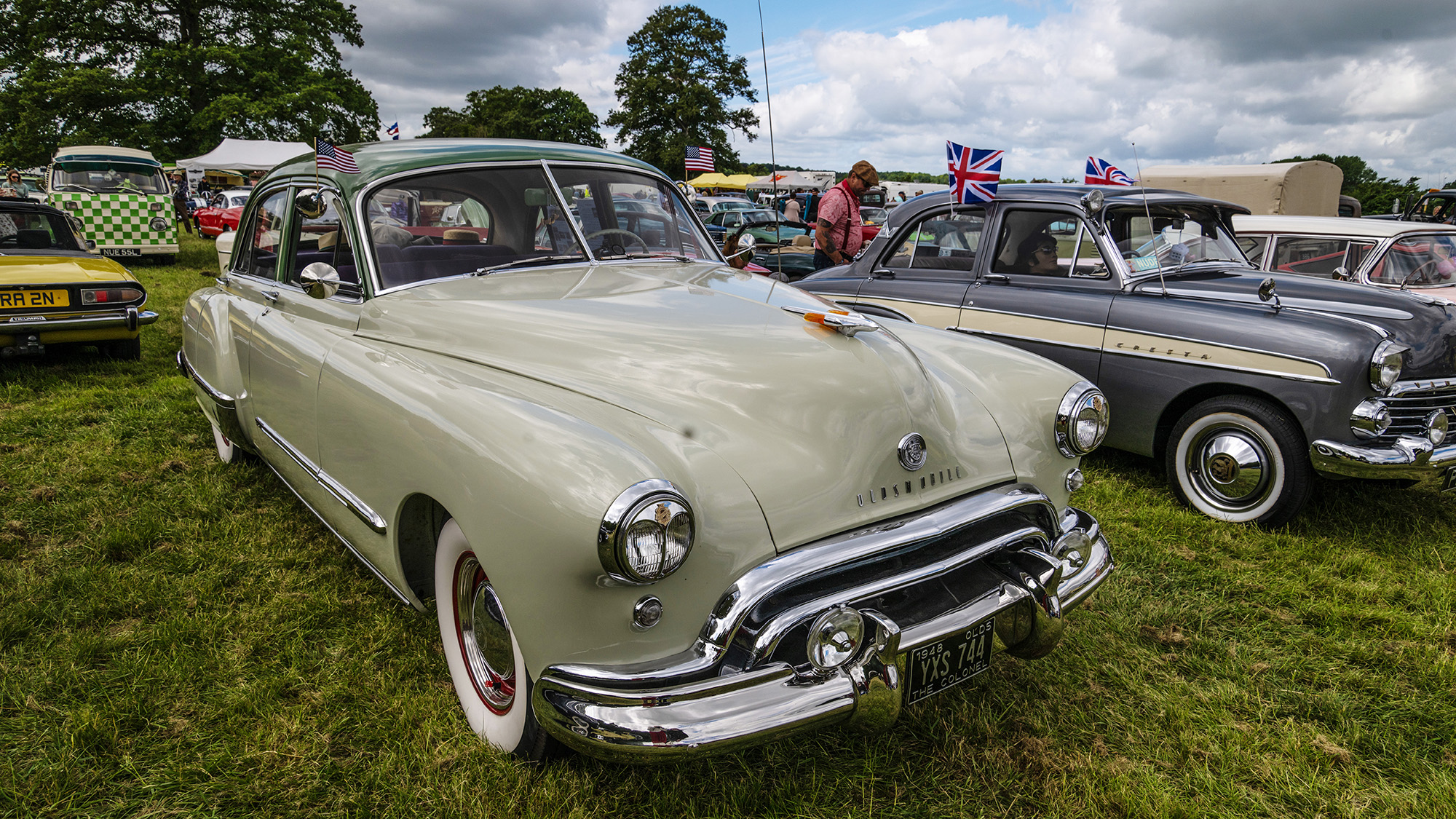The best Uber dash cams: keep a video record of what's going on inside and outside your vehicle
Record everything that happens on the road ahead, the rear, and even inside your cabin, with the best Uber dash cams
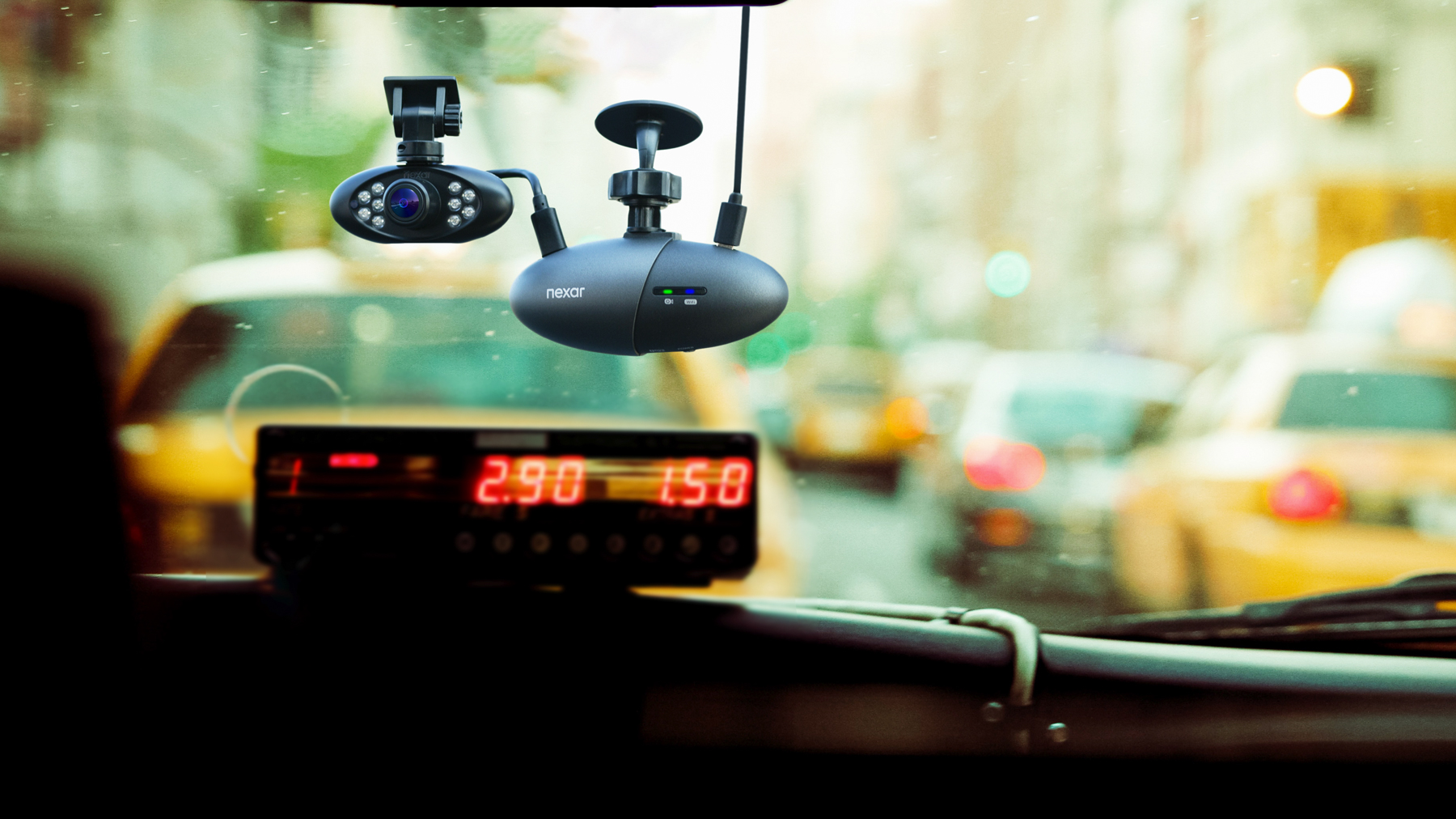
No profession relies on dash cams more than taxi or ride-share drivers. They use dash cams not just to record the road ahead, but also as a safety measure against unruly passengers.
These camera systems come in three different forms. The first version comprises a regular, forward-facing dash cam, plus an interior-facing camera that attaches via a cable, just like how rear-facing dash cams work. The second option sees a dashcam connected directly to an internal camera, and the third is a two-in-one system that has a camera on both the front and the back.
The best dash cams for Uber drivers come from a range of companies, including Garmin, Nextbase, Thinkware, Vantrue and Viofo. In many cases, the main, forward-facing unit works just like any other dash cam, while the interior camera has a wide lens for recording the entire cabin. Sometimes this camera also has infrared night vision to capture plenty of detail from a dimly-lit car at night.
It is important to note that, while ride-share drivers are generally allowed to record their passengers using a dash cam, they must follow the rules of the country they operate in. This can mean seeking consent to record before the camera is turned on. It is advisable to include a notice, within clear view of all passengers, to explain an interior camera is present and recording.
In this article I have drawn from my experience of testing dozens of dash cams over the years, and drawn together our favorite dash cams for Uber, Lyft and taxi drivers.
Our top picks
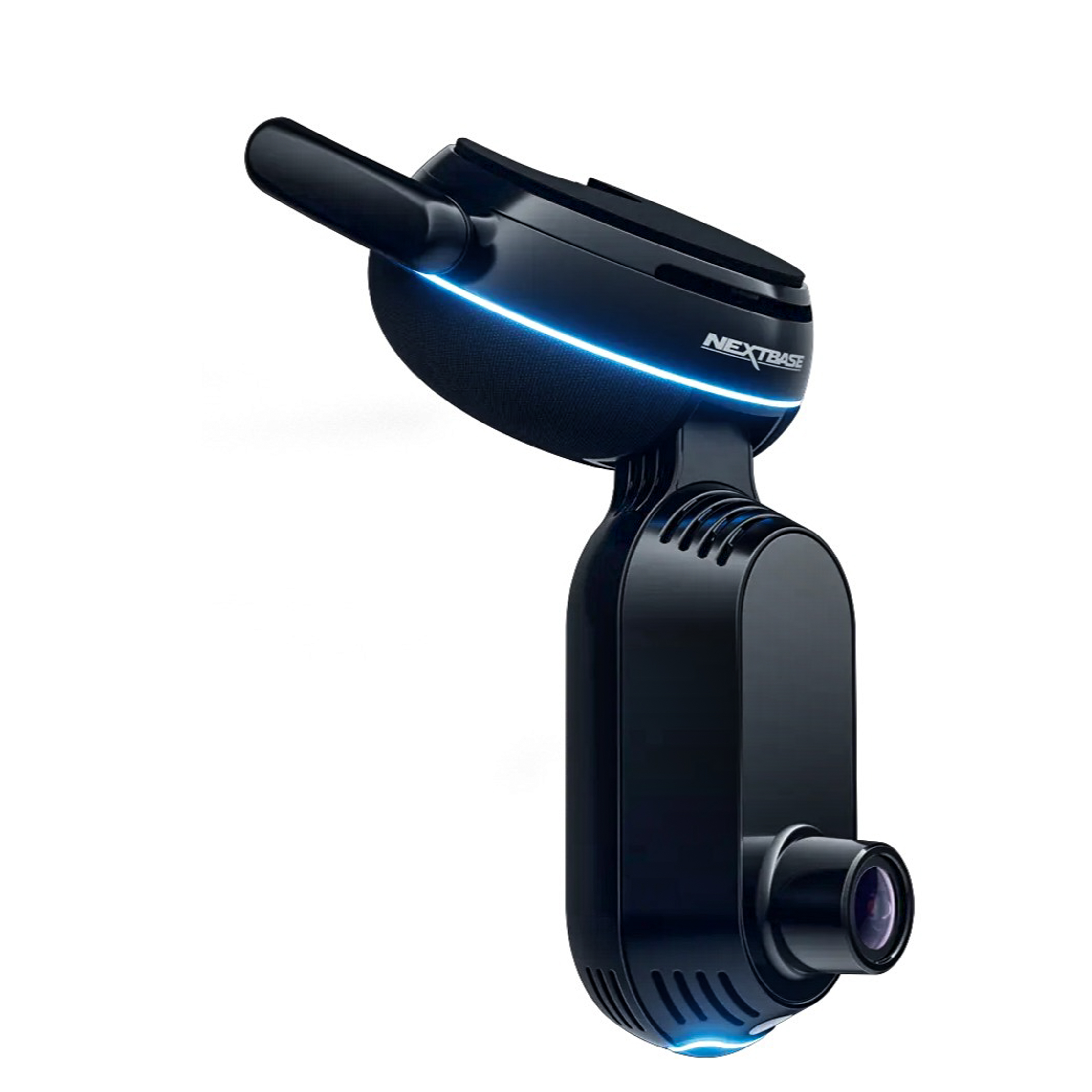
It’s not cheap, but it shoots 4K video, has an integrated cabin camera and the option for a rear-view camera. Plus it has 4G for always-on parking surveillance.
Read more
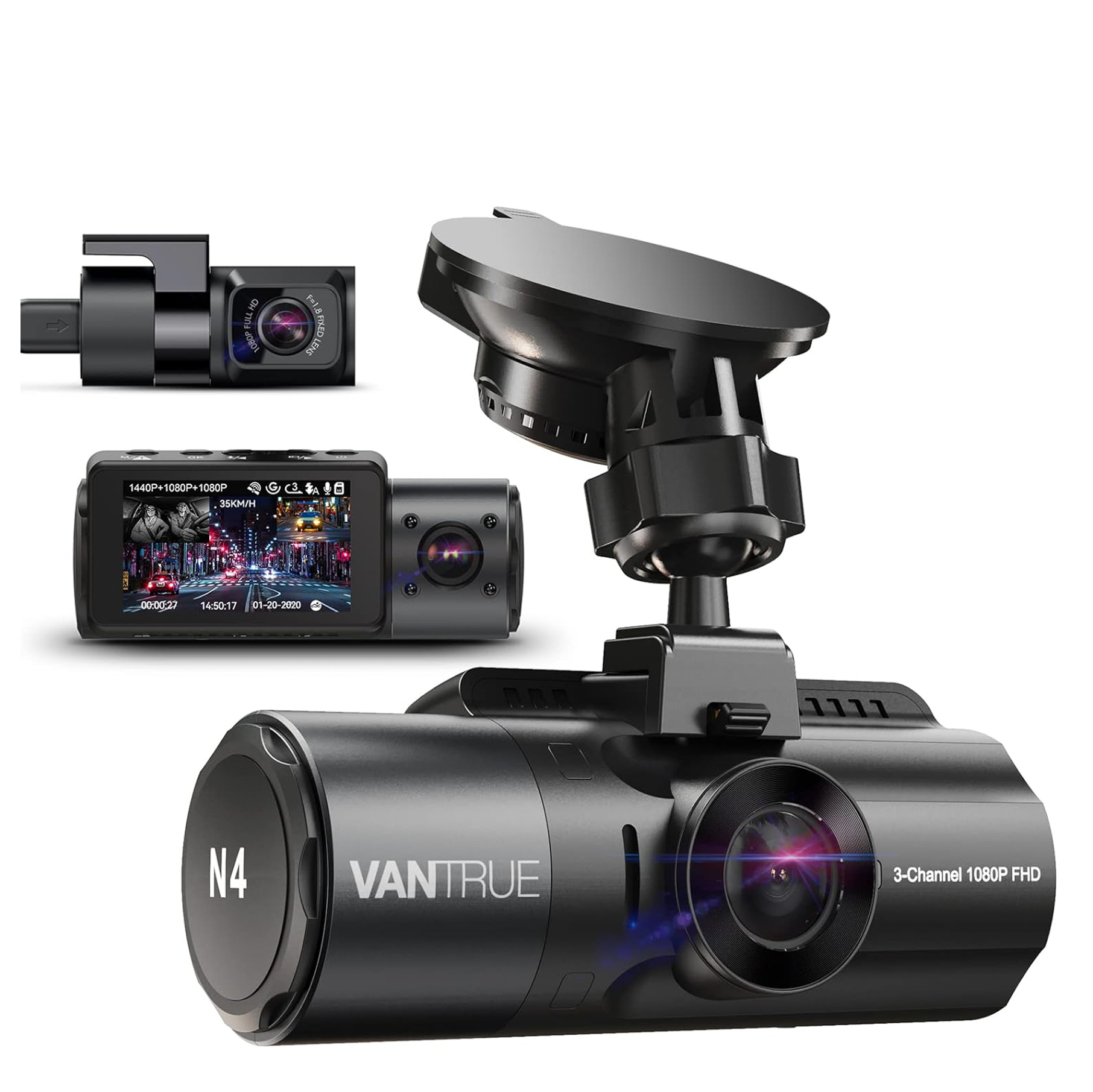
Excellent value and reasonably compact, the Vantrue N4 shoots in 4K – although be aware this drops to 1440p when the interior and rear cameras are also active.
Read more
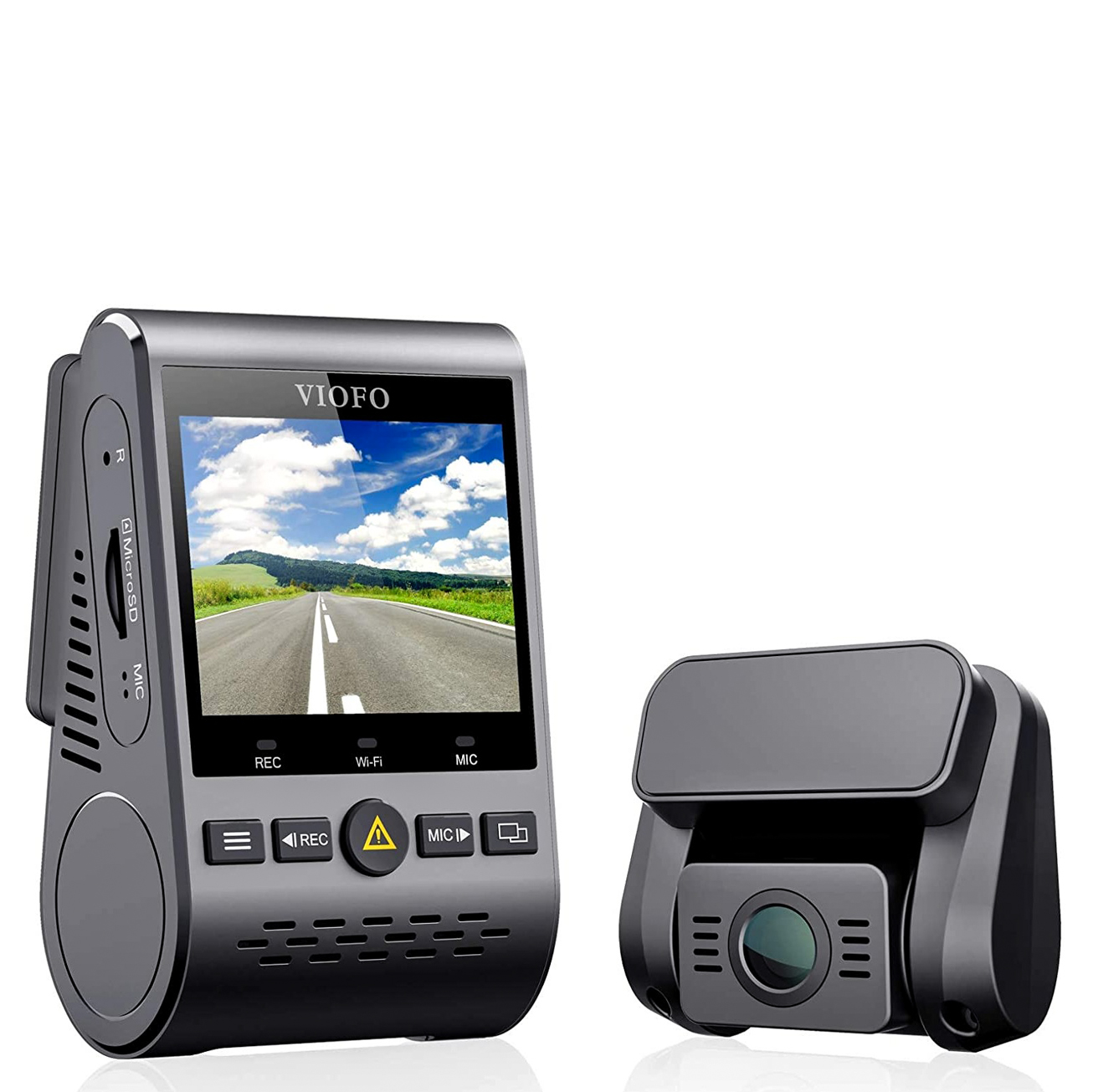
A well-specified three-camera set-up with 4K front camera and Sony Starvis 2 sensors front and rear that give excellent performance when driving at night.
Read more
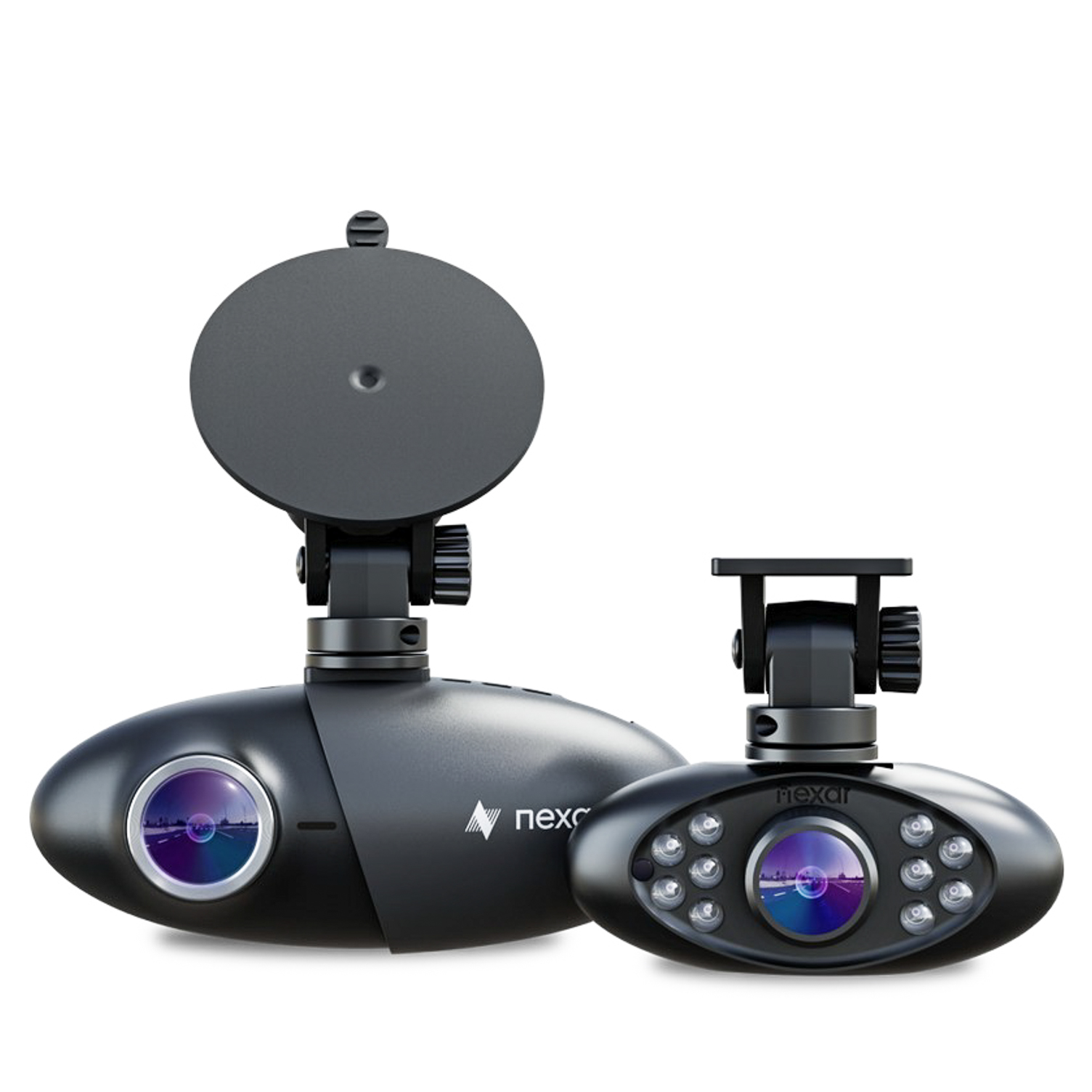
Easiest to set-up
Five-minute setup and a compact design make this Nexar dash cam a great option. Both cameras record high-quality video, plus there’s GPS and Wi-Fi for easy video transfers.
Read more
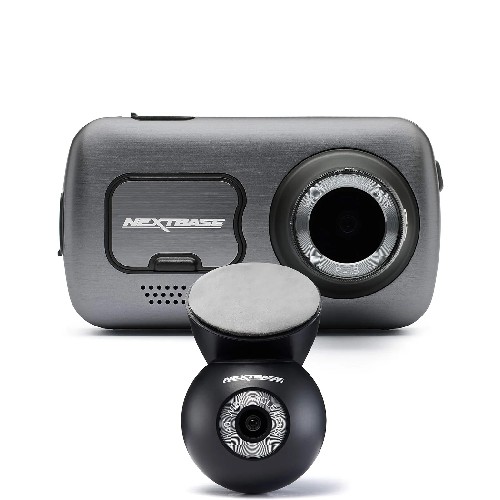
Best for safety
A top-notch dash cam with 4K video recordings, Alexa voice control, Emergency SOS, what3words support and the option of fitting interior and rear view cameras.
Read more
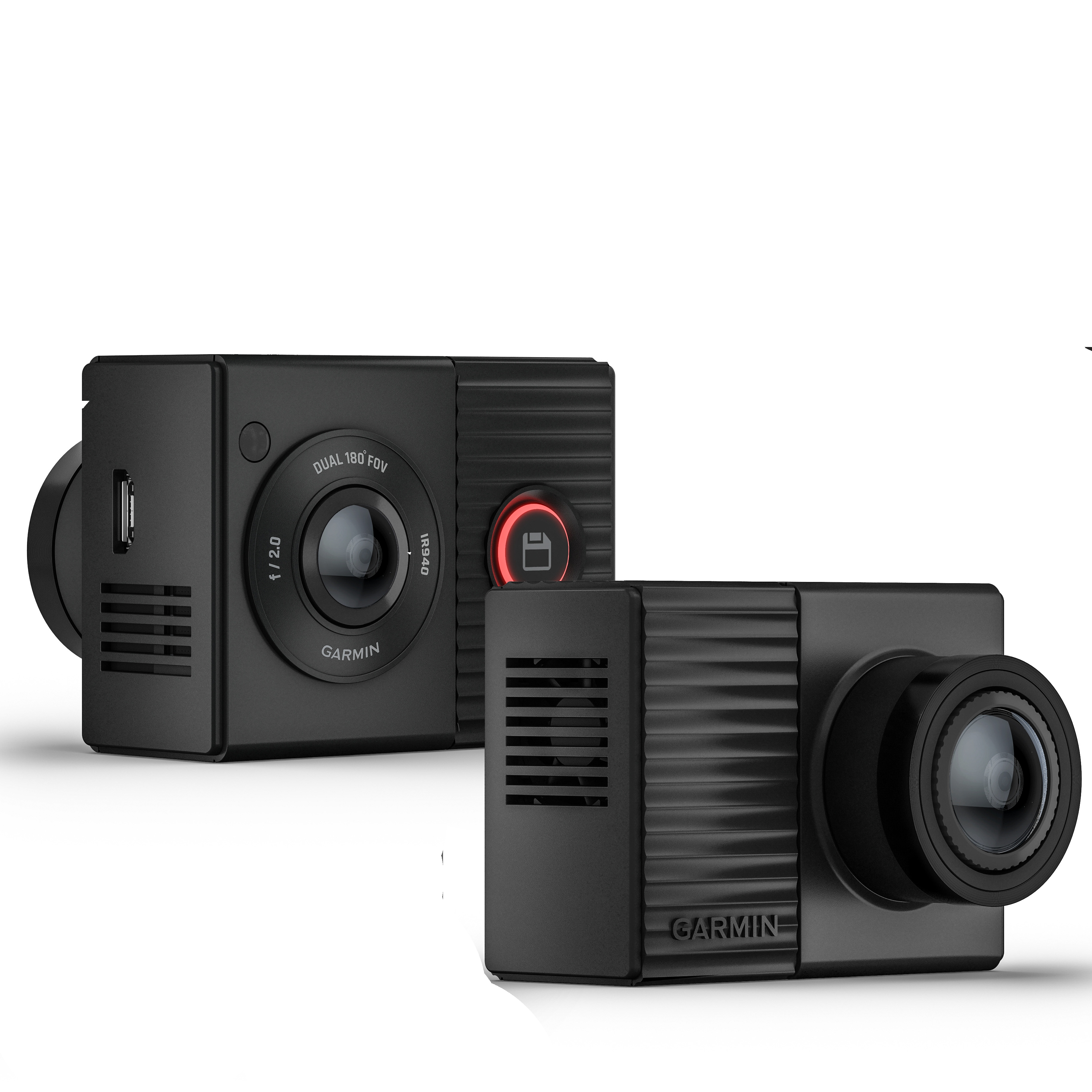
Most compact
This innovative all-in-one unit gives you two 180° cameras on the windshield - one recording the road ahead and the other what is going on inside.
Read more

Alistair is a technology and automotive journalist who has reviewed dozens of dash cams over the years. Whether they are $20 or $400, he has tried and tested dash cams from companies like Garmin, Thinkware and Nextbase, as well as lesser-known brands. Every model is fitted to his car and used as if his own before it is reviewed, and then judged if suitable as a recommendations in one of our buying guides. With over a decade of experience, Alistair also writes for Wired, Forbes, T3, and The Independent. A typical week includes reviewing light switches, Lamborghinis, and everything in-between.
The best Uber dash cams
Why you can trust Digital Camera World
Best Uber dash cam overall
Specifications
Reasons to buy
Reasons to avoid
✅ You want a security camera too: unlike many other dash cams, the iQ has a 4G connection and doubles as a remote security camera
✅ You want an integrated interior cam: an integrated interior camera records at Full HD with infrared night vision
❌ You’re on a tight budget: this is one of the most expensive dash cams, especially if you go for the 4K version and add a rear camera. And there’s a subscription cost too.
❌ Space is at a premium: this is a very large dash cam. If you have a shallow windshield the iQ could block too much of your forward view.
🔎 The Nextbase iQ is among the very best dash cams you can buy. It is packed with features, and the integrated interior camera makes it especially attractive to taxi and ride-share drivers. I also love how it is powered from the OBD port, which saves on wiring up to the fuse box, and the 4G connection turns it into a 24/7 security camera. ★★★★½⯨
It’s one of the most expensive dash cams around, but it is also one of the newest and arguably the most impressive. What makes it especially useful for Uber drivers is how, like the Garmin Dash Cam Tandem, every version of iQ (with 1K, 2K or 4K front cameras) comes with an integrated interior camera with Full HD video and infrared night vision. A rear camera is also available as an optional extra. All three save footage to a microSD card, or with a subscription you can have footage automatically uploaded to the cloud via the iQ’s 4G connection too. This is also used to notify you via the Nextbase app when the iQ detects a parking prang or attempted theft, and the camera cleverly receives a constant power supply from your car’s OBD II port.
Constant power and 4G means this is also doubles as an in-car security camera, ready to stream footage to your phone from anywhere in the world.
Nextbase promises a steady supply of over-the-air software updates and new features coming to the iQ soon, including radar-powered vehicle monitoring that uses artificial intelligence to estimate the speed and trajectory of every vehicle within its sight; this data is then added to recordings to help show who caused a collision. The radar is also used to alert you if the iQ spots a potential thief loitering by your unattended car.
See our full Nextbase iQ review
Best value Uber dash cam
Specifications
Reasons to buy
Reasons to avoid
✅ You want a compact 3CH dash cam: we love how small the main unit is, despite housing two cameras and a display.
❌ You need GPS: a major feature lacking from this dash cam is GPS, so your videos won't show speed, direction or location data.
🔎 It might not be the most attractive dash cam, but the Vantrue N4 is compact, easy to use, and shoots good quality video. Crucially for taxi drivers, the N4 has an integrated interior camera with night vision, plus a rear camera too. Be aware that the headline 4K resolution is only available when the front-facing camera is used on its own. ★★★★⯨⯨
The Vantrue N4 is a 4K dash cam, which means sharper and clearer footage than some of its rivals. However, this resolution is only available when the front-facing camera is used in isolation. If you want to record the interior of your car and/or a view facing rewards, as well as the front camera, the resolution drops to 1440p. This is accompanied by 1080p Full HD for both the interior and rear cameras, with all three recording at 30fps.
This means the Vantrue N4 doesn’t quite have the pixels to match the Nextbase iQ, but it is considerably cheaper and the main unit is smaller. It misses out on 4G, Wi-Fi and GPS, however, so recordings have to be transferred from the microSD card rather than wirelessly, and the lack of GPS means there’s no option for adding speed and locational data to your videos. If that’s a feature you need, Vantrue sells a GPS module separately.
This is a fairly basic dash cam – and lacks the more sophisticated design of the Nextbase iQ or Garmin Dash Cam Tandem – but one that is relatively compact and records impressive video in all three directions, which is crucial for Uber, Lyft and other ride-share drivers. There’s also a low bit rate parking mode, but this requires the optional hardwiring kit (as is the case with almost all dash cams).
See our full Vantrue N4 review
Best Uber dash cam for lowlight
Specifications
Reasons to buy
Reasons to avoid
✅ You want high-resolution video: unlike the Vantrue N4, this dash cam stills records at 4K – even when the interior and rear cameras are also in use
✅ You need great low-light performance: if you drive at night you’ll want this dash cam, because the Sony Starvis 2 imaging sensors produce fantastic low-light footage.
❌ You want a compact dash cam: although not massive, the A229 Pro isn’t particularly small.
🔎 Viofo makes some excellent dash cams. 4K footage with HDR from the front camera looks fantastic, and the Viofo’s nighttime video is among the best I’ve seen from any dash cam. ★★★★½⯨
I think the Viofo is a great value three-camera set-up. But what particularly impressed me was having Sony Starvis 2 sensors in the front and rear cameras that deliver impressive video performance when driving at night - with less grain that you get from many of its rivals.
The front camera is 4K too - with a 2K camera keeping an eye at the road behind. The cabin camera makes do with a 1080P sensor - but the overall package is impressive for the price.
I loved the simpe setup process that doesn't even force you do download the Viofo app. And it is great to see that Viofo uses standard USB-C cables, and that voice control works well.
With the three cameras, however, it can end up being a messy setup with a mass of cables. For that reason I recommend aprofessional installation with the optional hardwire kit - which gives you the added benefit of getting camera coverage when you are parked up.
See our full Viofo A229 Pro 3CH review
Best Uber dash cam for easy setup
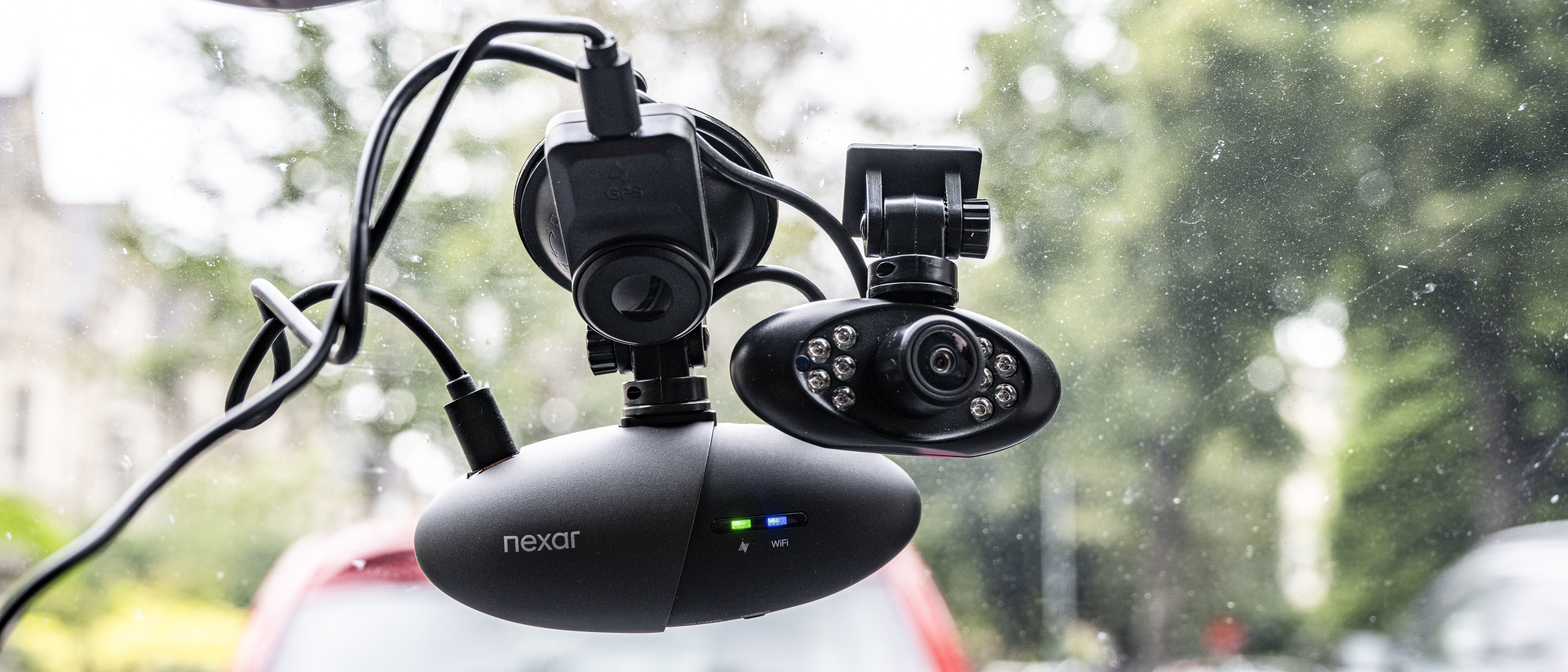

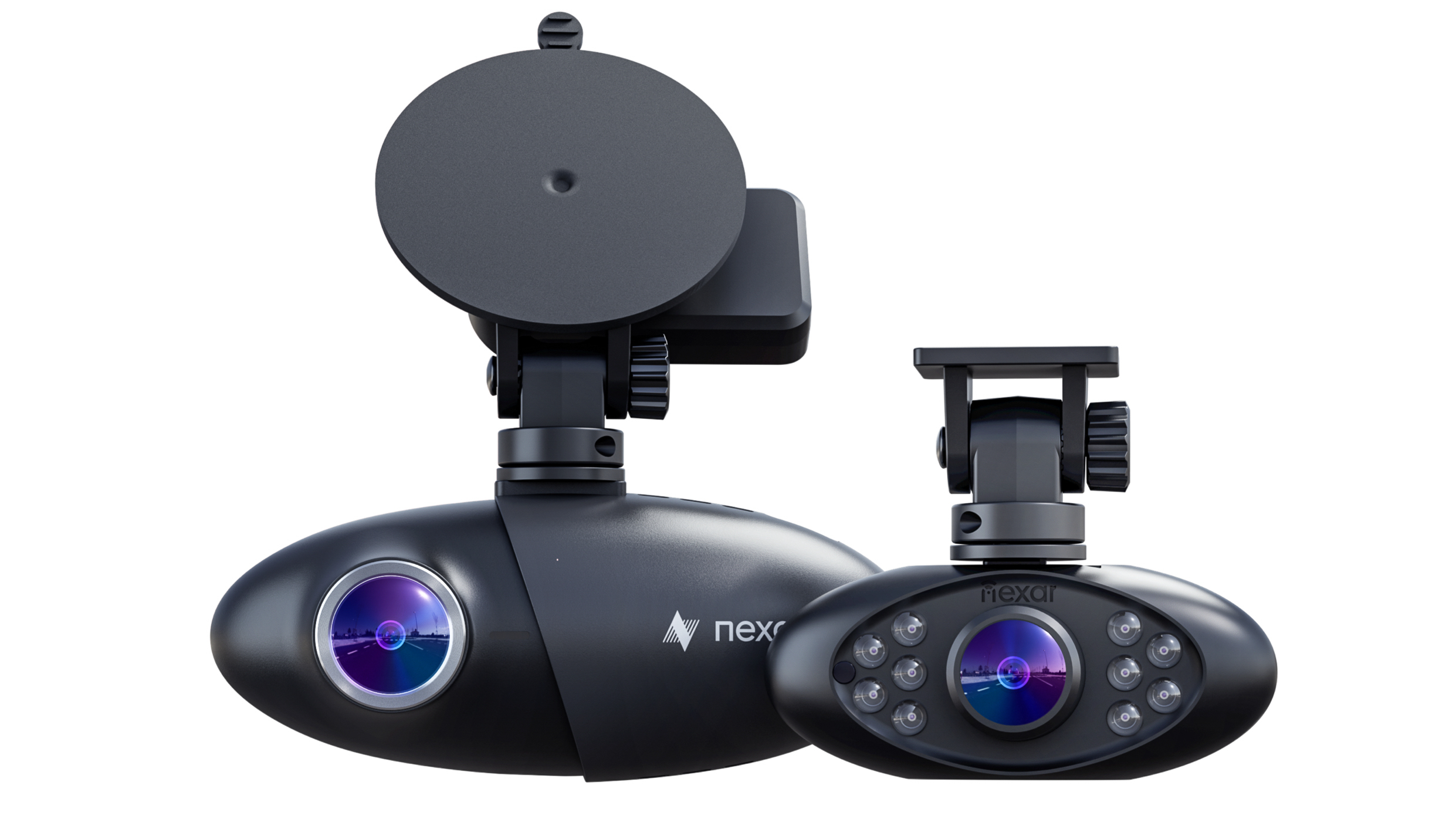
Specifications
Reasons to buy
Reasons to avoid
✅ You value an easy setup: we praised the Nexar Pro GPS for its easy setup, which took our reviewers just five minutes to complete.
✅ You don't want a display: the Nexar’s lack of a screen means it’s a more compact than some rivals.
❌ If you want to avoid messy cables: all dash cams involve some cable clutter, but the Nexar is among the worst offenders when you plug in the interior camera too.
🔎 Although a little older than some rivals, the Nexar Pro GPS is still a solid option for drivers who want a simpler option that is compact and easy to use. ★★★★
The Nexar Pro GPS dash cam is very simple to set up: it didn't take me more than five minutes to do so. As well as a front-facing camera, there's a cabin camera that makes this system especially useful for Uber drivers. This connects to the main unit with a cable and requires its own windscreen mount, meaning the whole system takes up a fair bit of windscreen space compared to those with integrated cabin cameras.
That said, each component is compact and should be easily concealable behind the rearview mirror of most vehicles. The flip side of a small footprint is that there's no display, so there's a compromise to be made there.
The camera records crisp 135° wide video in 1080p Full HD quality, and pairs with Wi-Fi with the accompanying mobile app to allow you to review footage on your phone (check yours is compatible first, though).
Collision detection and parking mode are also included, with the latter using the Nexar’s own small battery instead of drawing power from the car. If a more complete parking mode is important to you, consider dash cams that can be hardwired to the vehicle for a constant power supply..
For more details see our full Nexar Pro GPS dash cam review.
Best Uber dash cam for safety
Specifications
Reasons to buy
Reasons to avoid
✅ You want Alexa: the 622GW was one of the first dash cams to offer Alexa integration. This means you can interact with the voice assistant in the car, just as you would at home.
✅ You want a neat solution: instead of connecting with a messy cable, Nextbase’s interior camera attaches directly to the side of the 622GW. An optional rear camera is also available.
❌ You want simplicity: the 622GW is loaded with features, from SOS emergency calling and Alexa support.
❌ You’re on a budget: a 4K dash cam with so many features comes at a price.
🔎 The Nextbase 622GW is a feature-packed dash cam that shoots in 4K and can be attached to a module interior camera that’s perfect for taxi and ride-share drivers. It is also one of the few dash cams that can record Full HD at 120 frames per second. ★★★★½⯨
It might look fairly ordinary at first glance, but what makes the Nextbase 622GW stand out is both the high-end 140˚ 4K camera that comes supplied and the modular design. It also boasts image stabilization so the picture will be good even with car vibration.
What we found makes this dash cam great for Uber drivers is the modular design and how Nextbase sells two different secondary cameras that attach to the main unit; one for recording the interior and the other for filming through the rear windscreen.
The company also sells a camera that fits to the rear screen and plugs into the main unit. Based on our experience, we recommend fitting the modular interior camera and the wired rear camera for a three-channel setup that’s perfect for Uber drivers.
The 622GW boasts Alexa voice control and Emergency SOS, which calls the emergency services and gives them your location, name and even your blood type if you are unresponsive after a significant collision.
The system also has a 120fps super slow-motion option, but this lowers the resolution of the front camera to 1080p. There’s even what3words integration for precise positioning and an intelligent parking mode (hardwiring required).
Best compact Uber dash cam
Specifications
Reasons to buy
Reasons to avoid
✅ You want a compact taxi-friendly dash cam around: this dash cam ingeniously fits two lenses into one compact body.
✅ You need good night vision: this uses Garmin’s NightGlo technology to produce clearer interior footage at night.
❌ You want a screen: as there’s a camera lens on the back, this doesn’t have space for a screen.
❌ You need more than 720p: Most rivals record at 1080p or higher.
🔎 The Garmin Tandem is a great, all-in-one option for drivers who want a dash cam with interior recording, that takes up very little space. It uses Garmin’s wonderfully simple but highly adjustable magnetic windshield mount, and it has GPS for adding speed and location data to recordings. ★★★★⯨
The Garmin Dash Cam Tandem doesn't come cheap, but it provides a lot of value. This pocket-size dash camera features two 180-degree field of view lenses that record in tandem, providing complete video coverage around the driver.
The front camera records at a crystal-clear 1440p, while the 720p interior-facing lens harnesses Garmin's proprietary NightGlo technology for clear video of passengers at night. You also get voice control, built-in GPS, and Wi-Fi connectivity for transferring recordings to your phone.
Another nice touch is that the charger has an extra USB port, so you can power your phone or another device while you're driving. And the icing on the cake: it comes with a pre-installed 16GB microSD card, so you can use it right out of the box.
We’re big fans of Garmin dash cams and particularly like how compact they and their windscreen mounts are. We also like how up to four Garmin dash cams can be hooked up wirelessly to the Drive app, making it easy to create a multiple-view setup without routing any cables through your car.
See our full Garmin Tandem review
How we test dash cams
Every dash cam tested here is fitted to our car and used for several days before we write our review, or include it in a buying guide like this one. During that time we pay close attention to the installation and setup process, then use the dash cam as if it was our own, testing it during the day and at night, to find out just how good it really is.
While we’re not able to test the G-meters and crash detection, we look closely at the dash cam’s video quality, as well as additional features like parking mode, voice control and driver assistance technology. In the case of this buying guide, we put ourselves in the shoes of an Uber driver shopping for a dash cam that records forwards and into the cabin.
Frequently asked questions
How does parking mode work?
In almost every case, a dash cam’s parking mode only works when it is hardwired to the vehicle (the OBD II-powered Nextbase iQ is a notable exception). This means a special wiring kit is used (usually sold separately but inexpensive), where the dash cam is connected to the car’s battery for a constant supply of power. Dash cams connected to the 12V socket (also known as the lighter socket) usually switch off when the car is turned off, leaving their parking mode disabled.
Do dash cams work with Apple CarPlay or Android Auto?
Dash cams do not interact with infotainment systems like Apple CarPlay and Android, However, you need to remember that some dash cams rely on a Wi-Fi connection with a smartphone. This is also how wireless CarPlay and Android Auto work, and usually a smartphone cannot connect to these systems and a dash cam at the same time. Therefore, if you want to use your dash cam’s smartphone app and Wi-Fi connection, you’ll need to plug in a USB cable and use wired CarPlay or Android Auto instead of wireless.
Does a dash cam need to have GPS?
No, but if you buy a dash cam with GPS it will automatically add your speed (and also your location and direction of travel, depending on the model) to video recordings. This can be useful if you need to prove you were not speeding at the time of a collision, so if your budget allows it, you should aim to buy a dash cam with its own GPS connection.
How are dash cams fitted?
Some come with suction cups that are easy to fit and remove to the windscreen, but don’t always offer the strongest hold on the glass. They can sometimes become unstuck in cold weather.
Other dash cams come with mounting plates that stick to the windscreen with an adhesive strip; the mount then clips to the dash cam. The dash cam can still be unclipped from the mount and removed, but the plate will remain on the screen. We love Garmin’s approach here, as its dash cams attach magnetically to a tiny, coin-sized plate that takes up only a tiny bit of the windscreen.
Read more guides:
Best front and rear dash cams
The best dashcam
Best budget dash cams
Best backup camera
Best outdoor security cameras
The best camera deals, reviews, product advice, and unmissable photography news, direct to your inbox!
Alistair has been a journalist since 2011 and used to be Deputy Technology Editor at IBTimes in London. His specialist tech subjects include smart home gadgets, phones, wearables, tablets and dashcams. He is the host of The AutoChat Podcast.
